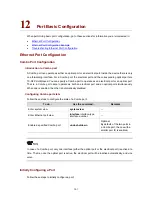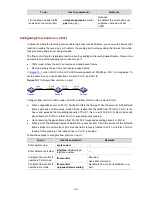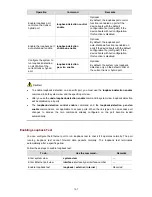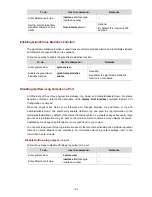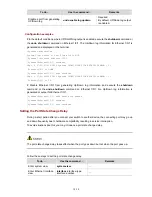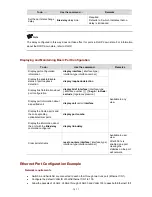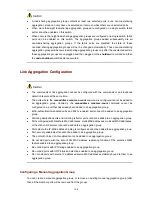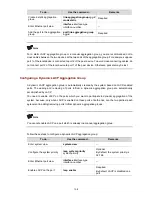
13
Link Aggregation Configuration
Wh n configuring link aggregation, g
e
o to these sections for information you are interested in:
z
Overview
z
Link Aggregation Classification
z
Aggregation Group Categories
z
Link Aggregation Configuration
Displaying and Maintaining Link Aggregation Configuration
z
ggregation Configuration Example
z
Link A
Introd
increase bandwidth by distributing traffic across the member ports in the aggregation
group. In addition, it provides reliable connectivity because these member ports can dynamically back
Introd
mation of other ports on
ntrol automatically assigns each port an operational key
Overview
uction to Link Aggregation
Link aggregation aggregates multiple physical Ethernet ports into one logical link, also called an
aggregation group.
It allows you to
up each other.
uction to LACP
The Link Aggregation Control Protocol (LACP) is defined in IEEE 802.3ad. It uses link aggregation
control protocol data units (LACPDUs) for information exchange between LACP-enabled devices.
With LACP enabled on a port, LACP notifies the following information of the port to its peer by sending
LACPDUs: priority and MAC address of this system, priority, number and operation key of the port.
Upon receiving the information, the peer compares the information with the infor
the peer device to determine the ports that can be aggregated. In this way, the two parties can reach an
agreement in adding/removing the port to/from a dynamic aggregation group.
When aggregating ports, link aggregation co
based on the port speed, duplex mode, and basic configurations described in
Consistency
Considerations for the Ports in Aggregation
.
In a manual or static link aggregation group, the selected ports are assigned the same operational key.
the same operational key.
Cons
gregation group must use the same
configurations with respect to STP, QoS, GVRP, QinQ, BPDU tunnel, VLAN, port attributes, MAC
address learning, and so on as shown in the following table.
In a dynamic link aggregation group, all member ports are assigned
istency Considerations for the Ports in Aggregation
To participate in traffic sharing, member ports in an ag
13-1



